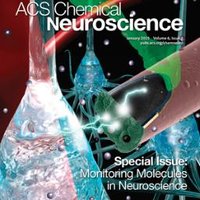
TK Kozai (BIONICLab.org)
@bionic_lab
Associate Professor.
Bio-Integrating Optoelectric Neural Interface & Cybernetics Lab
@ University of Pittsburgh, Department of Bioengineering
ID: 4024918127
http://www.bioniclab.org 23-10-2015 15:01:41
1,1K Tweet
1,1K Followers
2,2K Following





